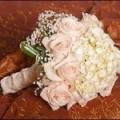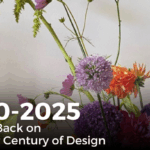Whether a budget-oriented bride or not, being able to use wedding decorations in many areas is always a big perk. Many florists are starting to use bouquets (bridesmaids or bridal) as centerpieces on the main table at the wedding. This is a way to keep the bridesmaids bouquets and wedding bouquets fresh before and after the ceremony. Plus, the bridesmaids are able to just snatch the bouquets out of the water and take them home as a wedding favor!
Using unique vases and containers takes this technique to the next level. Showcase the floral bouquets just a little better with a beautiful vase. Creative containers simultaneously keep the flowers fresh and bring to life all of the effort put into creating the beautiful bouquets.
This idea also works for parties such as bachelorette parties. These bouquets liven up the party decorations and also make great party favors! It’s a win-win for hostesses and guests.
This design technique has become a very popular trend in wedding flowers and is seeing an increase at parties. Florists are happy to showcase their prized creations for a little longer. Brides and hostesses are glad to save a few bucks but still have an elegant, beautiful wedding or party. If you’re looking for a quick centerpiece idea, try this trendy new design technique!

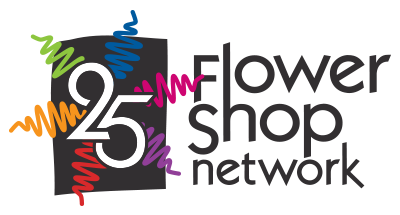
 Find Your
Find Your 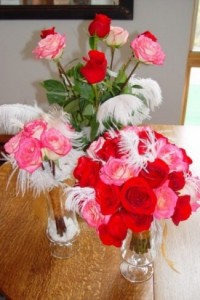

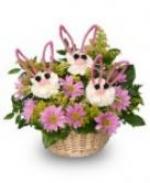
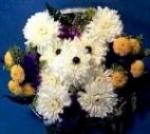
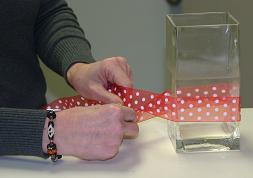
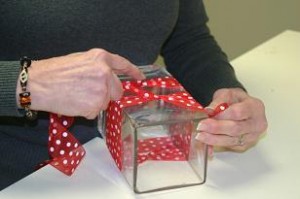
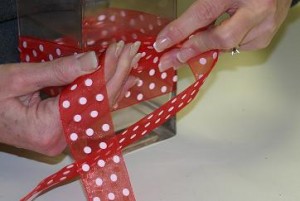

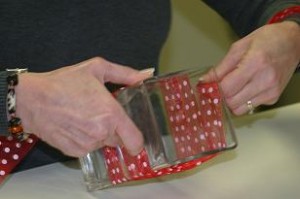

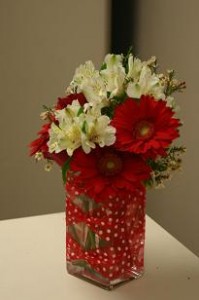
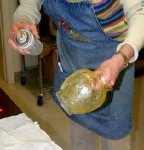
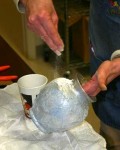
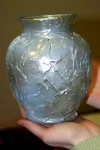
 One of the best things about art class was being able to mix the paints and see all of the variations of color that formed from the controlled spills. Our eyes are naturally drawn to color and soak up the creative hues. Well, florists have the same opportunity every time an arrangement is started. Flowers come in a rainbow of colors so blending the shades and hues into a dazzling, eye-catching bouquet is truly an artform.
One of the best things about art class was being able to mix the paints and see all of the variations of color that formed from the controlled spills. Our eyes are naturally drawn to color and soak up the creative hues. Well, florists have the same opportunity every time an arrangement is started. Flowers come in a rainbow of colors so blending the shades and hues into a dazzling, eye-catching bouquet is truly an artform.  Tertiary colors are the colors between primary and secondary colors on the color wheel. Red-orange, red-violet, blue-violet, blue-green, yellow-green, and yellow-orange are the tertiary colors. These are formed from mixing a primary color with the closest secondary color on either side according to the color wheel. Tertiary colors are particularly appealing in
Tertiary colors are the colors between primary and secondary colors on the color wheel. Red-orange, red-violet, blue-violet, blue-green, yellow-green, and yellow-orange are the tertiary colors. These are formed from mixing a primary color with the closest secondary color on either side according to the color wheel. Tertiary colors are particularly appealing in  Using these color schemes, a florist can easily create dimension and a colorful dynamic in flower arrangements. Knowing which colors appeal the most to the eye when paired with other colors is as much a matter of science as talent. While no one doubts the designer’s eye of a florist, using the color schemes of the color wheel provides another form of inspiration for floral designers.
Using these color schemes, a florist can easily create dimension and a colorful dynamic in flower arrangements. Knowing which colors appeal the most to the eye when paired with other colors is as much a matter of science as talent. While no one doubts the designer’s eye of a florist, using the color schemes of the color wheel provides another form of inspiration for floral designers.
